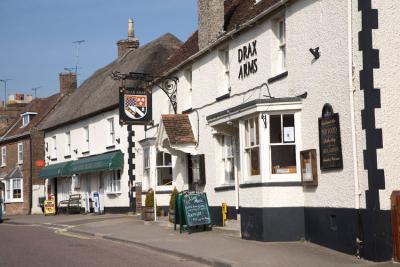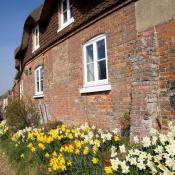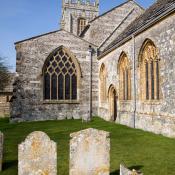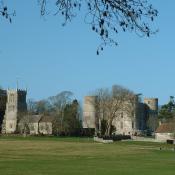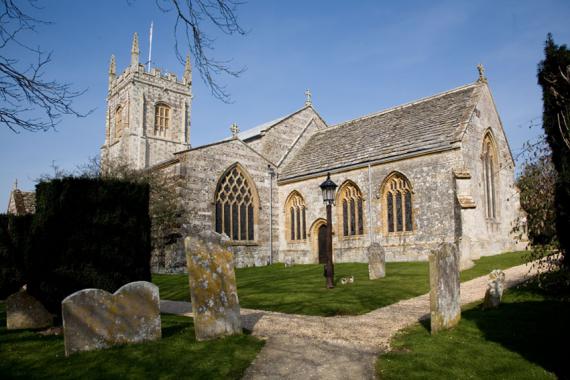
Bere Regis is an ancient Dorset village situated halfway between Poole and Dorchester whose main claim to fame is its association with the aristocratic Turbeville family, upon whom Thomas Hardy based his famous novel 'Tess of the D'Urbevilles'.
Like many settlements in Dorset, Bere Regis has a long recorded history. A Megalithic (3500-1500 BC) standing stone rests on a verge outside the county school and archaeological remains show the higher downland in the northern part of the parish was continuously occupied from Neolithic times (2500-1900 BC) until the Roman period (AD 43-AD 410).
A palace of sorts existed in the village during Saxon times, and it is thought the infamous Queen Elfrida took refuge here in 978 after assassinating her stepson, Edward the Martyr, at Corfe Castle.
Bere Regis continued to be popular with royalty after the Norman invasion. King John (1166-1216) particularly enjoyed spending time in Bere Regis and set aside what was then the vast sum of £100 for improvements to the Saxon palace. One of those he employed as a 'viewer' (surveyor) while the building work was being done was a certain John de Turbeville, whose family soon became lords of the manor. Initially sharing the tithes with the neighbouring landowner, Tarrant Abbey, the Turbevilles took advantage of the reformation instigated by Henry VIII to acquire the Abbey in 1547, thereby taking complete control of the village.
Staunch Royalists throughout the Civil War (one of their number, Sir John, was knighted in 1660) the family suffered somewhat at the hands of the Parliamentarians, who burned down one of Sir John's houses and later forced him to pay hefty fines for his involvement in the conflict. The family fortunes seem to have been set on a downward spiral by these events, and they eventually disappeared from the history books in 1780, only to reappear in fiction form in the 19th century.
Today's Bere Regis is a large village in which agriculture continues to be the primary industry and a strong sense of community survives in the form of shops, a school, a popular pub and one of Dorset's most interesting churches. A 16th century tower made from local Purbeck limestone and flint is accompanied by 15th century carved and painted oak roof beams shaped into 12 enigmatic figures dressed in Medieval costume.

